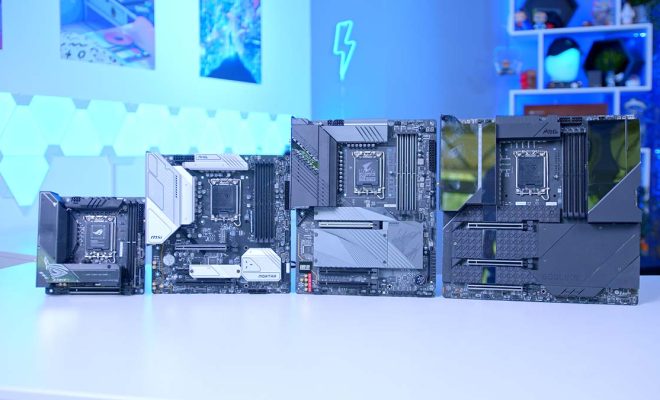Motherboard Fan Connectors: What They Are and How They Work

Motherboard fan connectors are an important element of computer hardware that often go unnoticed. These connectors are small, specialized connections that allow fans mounted inside computer cases to be controlled by the motherboard. They play a critical role in maintaining the proper temperature inside a computer and preventing overheating, which can cause damage to many components.
What are Motherboard Fan Connectors?
Motherboard fan connectors are wires that connect the fans inside the computer case to the motherboard. They have small pins that plug into the motherboard’s electrical connections, allowing the motherboard to both detect and control the fans’ speed. These connections let the fans work together with the motherboard’s sensors to monitor and adjust the temperature in real-time by increasing or decreasing the fans’ speed.
Types of Motherboard Fan Connectors
There are two commonly used types of motherboard fan connectors that come with modern motherboards:
- PWM Connectors
The primary connection used for fans on a modern motherboard is a PWM (Pulse Width Modulation) connector. These connectors allow the motherboard to regulate a fan’s speed by controlling the voltage and load of the fan. The PWM connectors provide greater control over the fans’ speed, and thereby offer a more accurate means of regulating the cooling.
- DC Connectors
The DC (Direct Current) connectors are simple connections that usually have three pins rather than four. These connectors provide a straight data signal to the fans with one pin for power, one pin for ground, and a third pin for the control signal. DC connectors are usually used for older fans that do not support PWM, and since there are no options to regulate the speed, they run at full capacity.
How Motherboard Fan Connectors Work
Motherboard fan connectors work by sending a signal to the fans that control their speed. The PWM connectors use a Pulse Width Modulation, which means that a fixed voltage is supplied to the fans, altering the speed to the fans via the pulse width of the signal, varying from on to off. Moreover, the fans also have a speed sensor installed, which allows the motherboard to receive feedback on the fans’ speed.
If the motherboard detects that the temperature of the system is rising, it sends a signal to the fans through the PWM connector. Depending on the speed and temperature settings in the computer’s BIOS or internal software, the fans’ speed can increase to dissipate the heat or decrease if the temperature is too low. This function makes sure that the temperature inside the PC stays at an optimum level by regulating the fans’ speed.
Conclusion
Motherboard fan connectors are a critical component that can often be overlooked in a computer. They play an essential role in regulating the internal temperature of the computer and prevent overheating. The two most common types of connectors are the PWM and the DC connectors. These connectors allow the motherboard to send signals to the fans to regulate their speed accurately. By understanding how they work, it is possible to appreciate the value of this small but powerful component in a computer system.






